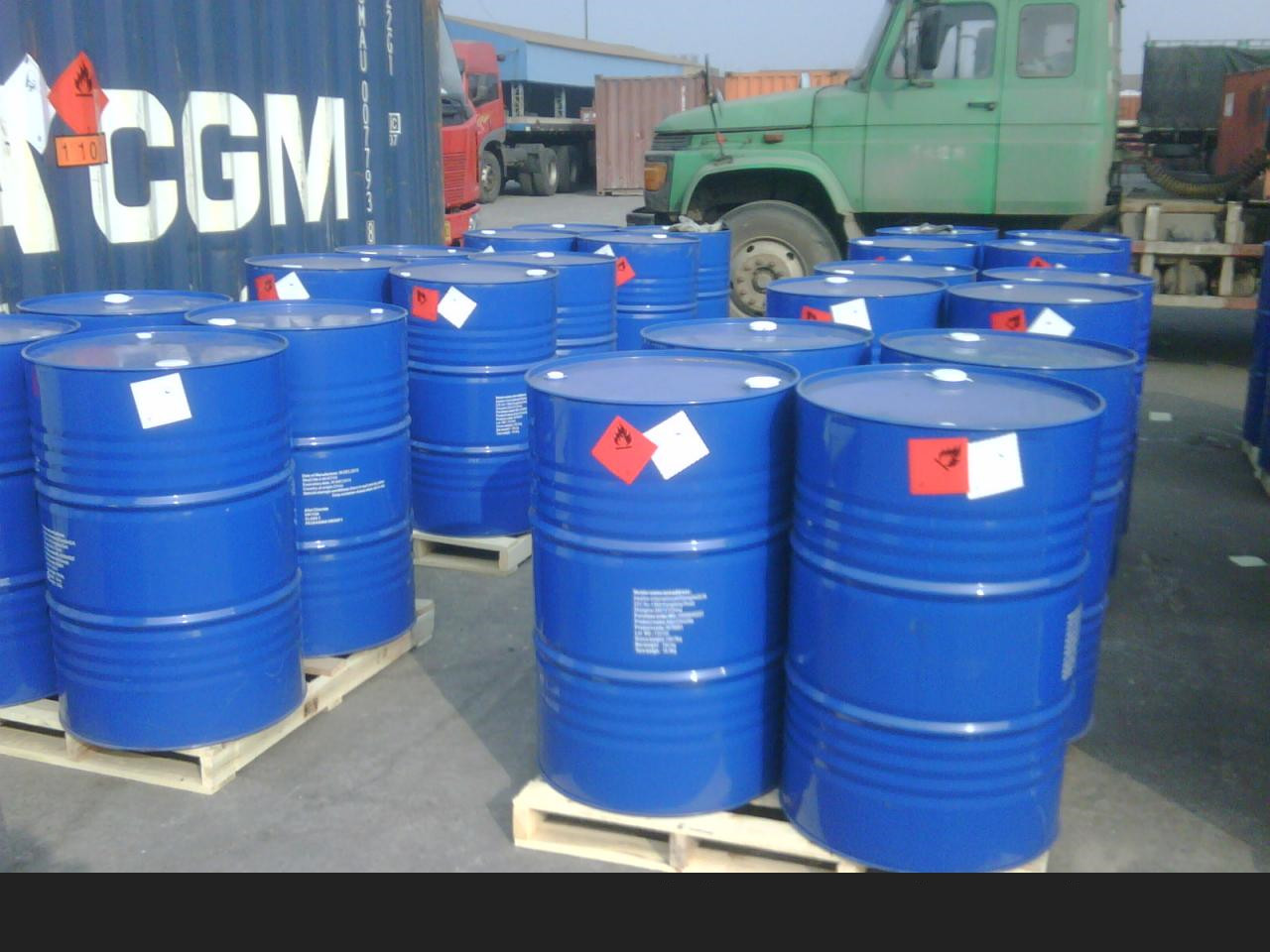temperature
According to the cold resistance of flowering flowers, it can be divided into hardy flowers and cold flowers. The cold-tolerant flowers are sensitive to low temperature due to their low temperature, which causes poor growth, yellowing of the stems and leaves, soft rot of the fruit, and loss of ornamental value. Therefore, for some flowers that are not tolerant to cold, the ambient temperature should be maintained at about 10°C during the night and about 15°C during the day. In this way, the branches and leaves of the plant will be upright and the fruit will be full and fresh. Such flowers include oranges, bergamot, tiger tongue, and rich seeds. Cold-tolerant flowering fruits, because of their strong resistance to low temperature, its ambient temperature around 0 °C has nothing to do with stems and leaves will not be frozen and metamorphic. Such flowers include alfalfa, red winter fruit, pyracanthus fruit, and no thorn bones.
Moisture
Moisture is an important part of the fruit, the water-deficient fruit wrinkles, feels soft, and severe dryness occurs. Therefore, only by ensuring that the fruit contains sufficient moisture can it look firm, plump and watery. For the general flower, it is drenched and drenched, but for flowers that have been fruited, the pots and soils need to be kept relatively moist. This is especially important for evergreen flowering flowers. Because the temporary lack of water in the plant will lead to its own self-protection function, so that some of the water in the fruit is transferred to the stems and leaves, resulting in water shortage. When the plants are short of water, the fruits can be restored after watering. If water is lacking for a long time, even if the water can restore the stems and leaves, the fruit will be permanently dehydrated and dried, and there will be no ornamental value.
sunlight
Fruits and flowers are best placed in well-lit places where sunlight is the best, especially for plants where some fruit is still green. Because the more anthocyanins in fruit, the more bright and ruddy the fruit, and the synthesis of anthocyanidin in the sunlight will be strengthened, making the fruit more ornamental.
ventilation
Fruits and flowers in the fruiting period of the environment, to air flow, so as to prevent the fruit from boring, fall off in advance.
Fertilizer
In the later stages of fruit-bearing, flowering fruits are generally no longer fertilized. Fertilization will make the fruit fall off and shorten the fruiting period.
Epichlorohydrin (ECH)
Epichlorohydrin, 3-Chloro-1, 2 - epoxypropene, chloropropylene oxide ,ECH .
Molecular Formula: CH2OCHCH2Cl, C3H5OCl
Properties: It is a volatile, unstable colorless liquid with irritating odor similar to chloroform and ether. Molecular weight is 92.85, density, 1.1806g/cm3, boiling point, 116.11°C, freezing point, -57.2°C, refractive index (nd20), 1.4382, flash point (open cup), 40.6°C, and ignition point, 415°C. It is slightly soluble in water, miscible with many organic solvents, and able to generate azeotrope with a variety of organic liquids.
Main Applications:
Epichlorohydrin is an important organic industrial chemical and a chlorine-consuming product in fine chemicals, mainly for producing epoxy resin, synthetic glycerin, epichlorohydrin rubber, nitroglycerine explosives, glass fiber reinforced plastics, and electrical insulation products, which are widely used in the chemical industry, light industry, transportation, medicine, electronics and other fields. It also can be used as solvent for cellulose ester, resin, and cellulose ether, and the raw material of plasticizer, stabilizer, surfactant, and chloroprene rubber.
Toxicity and Protection: It is highly toxic, absorbed through the skin, and irritating to skin and mucous membranes. In higher concentrations, it has the function of narcotism. When poisoning occurs, there will be eye irritation, conjunctivitis, rhinitis, lacrimation, cough, fatigue, gastrointestinal disorders, nausea and other symptoms. Serious poisoning may lead to anesthesia or even lung, liver or kidney damages. Lethal concentration of human beings is 20ppm. Lethal dose of rat is 5090mg/kg. The maximum allowable concentration in air is 5ppm (18mg/m3). Production equipment needs to be closed, air, circulating, and the operator, wear protective equipment. In addition, due to intense auto polymerization, epichlorohydrin can not be heated in the fire in case of container burst. As for reaction as reagent, it is appropriate to be diluted with inert solvent and slowly added.
Packaging, Storage and Transport:
As ferric chloride or stannic chloride can promote auto polymerization, epichlorohydrin should be stored in dry, clean iron barrel, 200kg each, and kept in a cool, ventilated, and dry place, away from fire and heat. Store and transport in accordance with the provisions of flammable toxic substances.
EPICHLOROHYDRIN SPECIFICATION DATA SHEET
|
ITEMS |
GUARANTEED SPEC |
|
PURITY% (m/m)≥ |
99.9 |
|
DENSITY g/cm3 |
1.180-1.183 |
|
COLOR(pt-co)≤ |
10 |
|
MOISTURE%(m/m)≤ |
0.05 |

Epichlorohydrin (Ech),Epichlorohydrin 106-89-8,99.9% Epichlorohydrin,High Quality Epichlorohydrin
Shandong Tiancheng Chemical Co., Ltd. , https://www.akdchemical.nl